Updated
11 min read
How Do You Research a Mobile App in 10 Steps?

If you’re looking to create an app that brings value to users, just know that there’s a lot of research and hard work that goes into those first steps before mobile app development even really begins.
There’s mobile app market research, planning, finding funding—It can get complex.
So how do you set down the right building blocks to ensure that what you’re building comes out as you envisioned?
We’re going to review the 10 steps of mobile app research, from getting the right kind of information you need and how to apply it, to achieving the outcome and the results that you want.

Table of Contents
- Primary Research and Secondary Research
- Understanding the Market
- Understanding Your Target Audience
- Narrow Down Your Niche
- Research Your Competitors
- What’s their Value?
- Finding Out Your Funding Options
- Evaluating Technical Feasibility
- Optimizing Your Social Media
- User Research and Testing
- Creating a Business Plan
- Staying Within Project Scope
- Preparing for App Launch
Step #1: Primary Research and Secondary Research
When you’re first creating your mobile app, split the research up into primary research and secondary research.
This is an important distinction, because both of these paths of research serve as important, but separate sources of information.
Primary research is exactly as you would describe it: the main source of information fueling the development of the app.
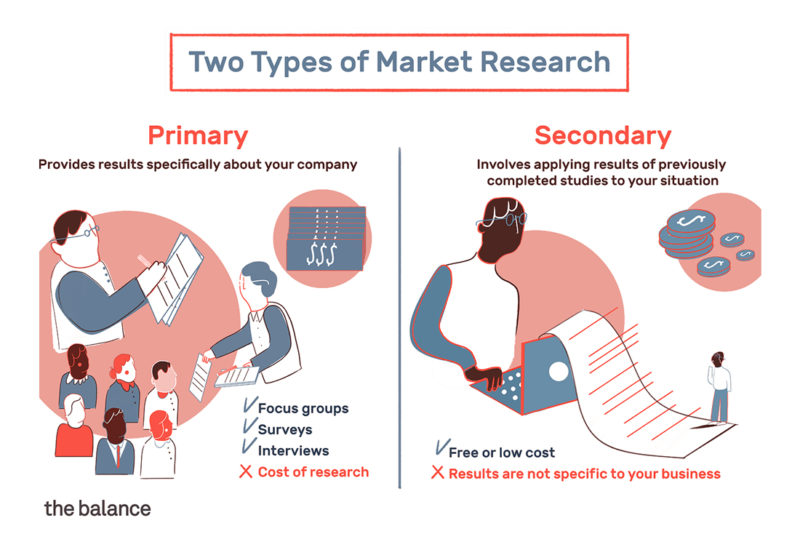
In primary research, you do things like looking into what kind of needs your idea would satisfy in the app market, creating a business plan, and looking into marketing.
In secondary research, you’re examining social media marketing strategy while trying to buff up and increase the power of your primary research.
In this way, this two-level hierarchy of research funds and feeds each other as you look into the ideas and information that your product needs.
Step #2: Understanding the Market
When you start to conduct market research, you’ll want to understand the kind of numbers you’re facing.
Even with good R&D and proper funding, a majority of mobile apps (less than .01%, actually) reach any kind of real commercial success. It’s important to understand this moving forward.
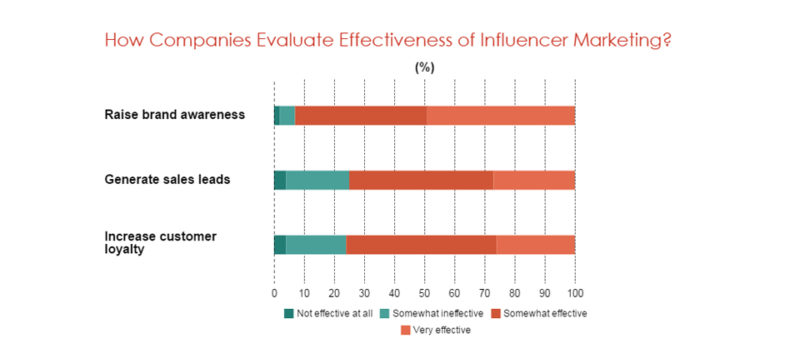
Don’t expect to fail, but be ready for it if it happens. Risk is a part of business. Mobile app research is no different in that regard.
Now, how do these failed apps come into being? Many of them feature poorly thought out business plans or research that isn’t pointed in the right directions.
Some fail because of lack of funding.
PRO TIP:
By approaching each piece of the puzzle with dedication as well as caution, you can increase your chance of success and (hopefully) avoid failure.
Step #3: Understanding Your Target Audience
While this may seem the same as understanding the market, it’s not quite identical.
The overall app market is hard to succeed in, but there’s hundreds or even thousands of sub-niches within that massive market that compete with one another.
Just think about how many apps there are—dating apps, fitness apps, games, social media, finance, news, code and computing, personal assistance apps, calendars, messaging— it goes on and on.
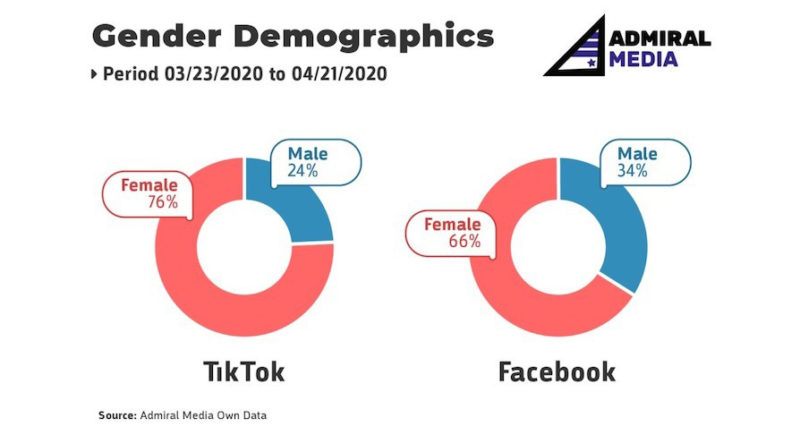
3.1 Narrow Down Your Niche
Whatever mobile app idea you’ve had, it most likely isn’t (completely) original. There’s likely someone who’s created a variation of the idea you have in some way.
The biggest and most important part is making sure that your app is useful, and people want to use it.
Think about what your app is supposed to do. Is it for cooking, fitness, dating? What’s the angle, what’s the gimmick?
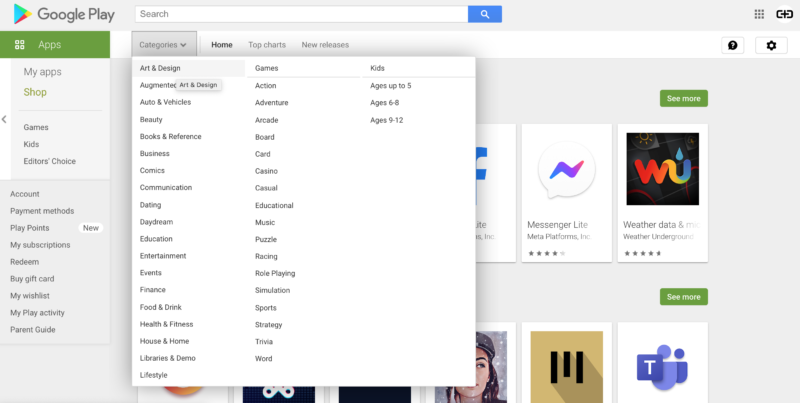
Find your niche to find your target audience.
Make sure that you understand the differences between you and your biggest competition.
For example, Tinder and Bumble are both dating mobile apps, with Tinder coming first.
The main difference, however, between Tinder and Bumble is that on Bumble, women have to message first.
That’s the main difference, but it affords Bumble an important niche in the online dating app market.
Think about these kinds of differences when you’re creating your app.
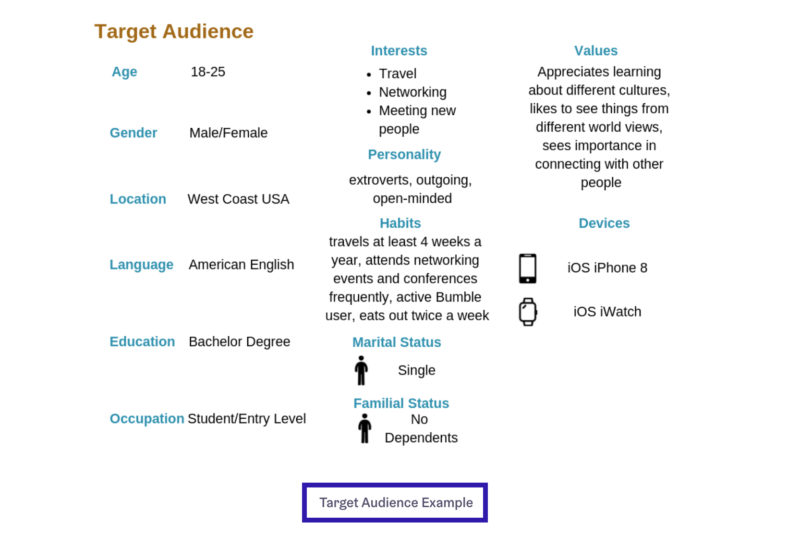
Step #4: Research Your Competitors
In any kind of free market enterprise, competition is inevitable. But that isn’t necessarily a bad thing.
You can build off of your competitors, battle against their ideas and their processes, and figure out ways to come out on top with careful planning and consideration.
Even if you’re not the biggest fish in the pond, there’s plenty of money to be made if you find out what people want and how you can provide and satisfy that need.
Mobile app research helps you identify this important information.

Photo Credit: mobileaction.co
4.4 What’s Their Value?
When doing research on your competitors, you’ll want to be certain that you understand why people like their app and why their mobile app idea works.
What value are they offering to their users?
Look at an app like TikTok. It’s a video app where app users can post funny or inane things and get views and comments related to it.
It has a particular popularity with teens and the youth, but some older people use it as well. It’s similar to Vine, which existed for a few years and then eventually shut down.

So the people that made TikTok—since they came later—were certainly inspired by Vine, at least to some degree, and they used that knowledge to their advantage when creating TikTok.
Once again, because your idea almost certainly isn’t completely original, you’re going to want to do the same thing when reviewing competitors in your sub-niche of app.
Whether you’re looking at dating, videos, cooking, fitness, finance, or anything else, look into the biggest mobile apps in that field.
PRO TIP:
Look at what the competition does right and wrong. Review their biggest failures and issues to ensure they’re not repeated in your own app.
Step #5: Finding Out Your Funding Options
Developing an app is expensive.
You’re going to need funding of some kind, even for the research and app marketing strategies phase of app development.
Most people aren’t able to create larger mobile apps on their own: it requires marketing, software development, advertising, and tons of other moving parts.
You may have to hire employees, or at least contract workers on a part-time basis, in order to be able to get your app off of the ground. This is where funding comes in.
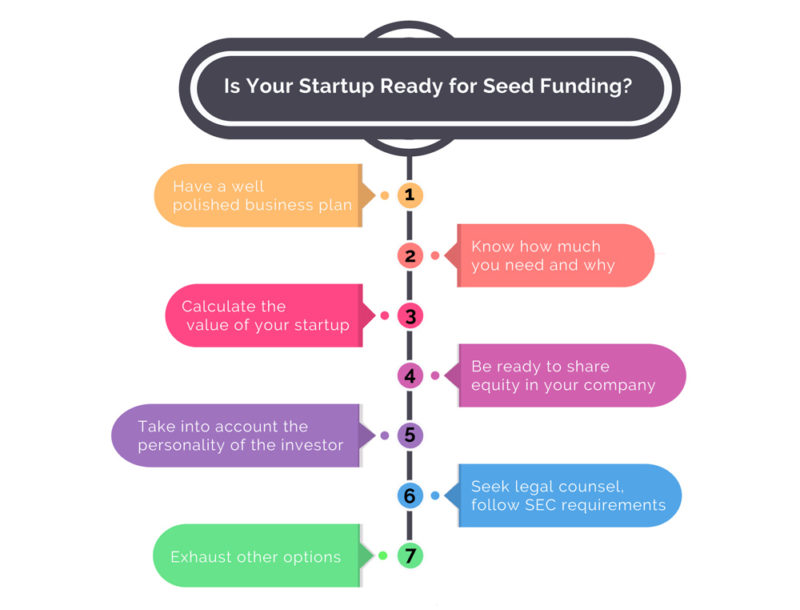
Photo Credit: thinklions.com
You may want to look into angel investors, who are wealthy individuals who fund new business ventures for future returns, or even familial investment.
Approaching big banks and receiving traditional business loans may be another option.
Above all, ensure that you understand your limits before you really begin development of your app.
Don’t go beyond your financial means, especially with how hard it can be to succeed in the app world.
Step #6 Evaluating Technical Feasibility
Evaluating the technical feasibility is a major step in the early stages of mobile app development.
It serves as the cornerstone in understanding whether your app idea can be realistically translated into a working product given the available technology, budget, and time constraints.
Initially, a good hard look of the tech stack that would be required to build your app is essential.
This involves understanding if your app necessitates any special technologies or frameworks, which will help in aligning your vision with the technological realities.
On top of that, the availability of essential resources needs to be evaluated.
This involves assessing whether you have access to the necessary technical expertise.
If not, it’s important to consider the cost implications of hiring skilled developers who can bring your app idea to life.
A comprehensive budget analysis following this will ensure you understand the financial requirements of your project.
It’s crucial to compare the technology costs against your budget to see how feasible your project is.
Overall, evaluating the technical feasibility will give a clear picture of what’s achievable, guiding you to make informed decisions as you move forward with your mobile app project.
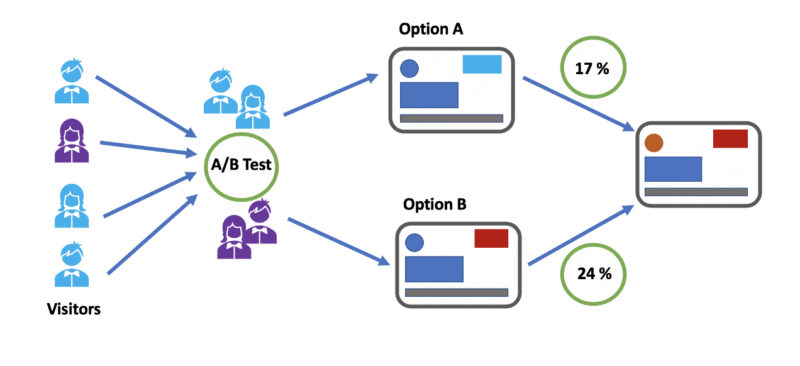
Photo Credit: towardsdatascience.com
Step #7: Optimizing Your Social Media
As your app approaches completion, you’re going to want to begin optimizing your social media.
You want people to be aware of your app, what it does, what the name is, and its launch date.
People get excited about new apps or new different kinds of software.
They’ll be more than interested—if the idea is good and the need is there—to discuss the app and spread the word.

This is some of the most important types of advertising you can have. Word of mouth is more trustworthy than most other sources and travels easily, and most importantly: freely.
Get your Twitter Page, Facebook, Instagram: whatever main social media you intend to use, set it up and get used to posting on it and using it. Try to create a following and build up a user base for your app. This will pay dividends in the long run.
Step #8: User Research and Testing
Having alpha and beta testers to try your app is important.
People will point out things you missed all the time, from the user interface to the effectiveness of the app, whether or not they’d want to try to use it, how good it is compared to its competitors, and tons of other invaluable information.
Correcting these flaws and mistakes early in the development process is key.
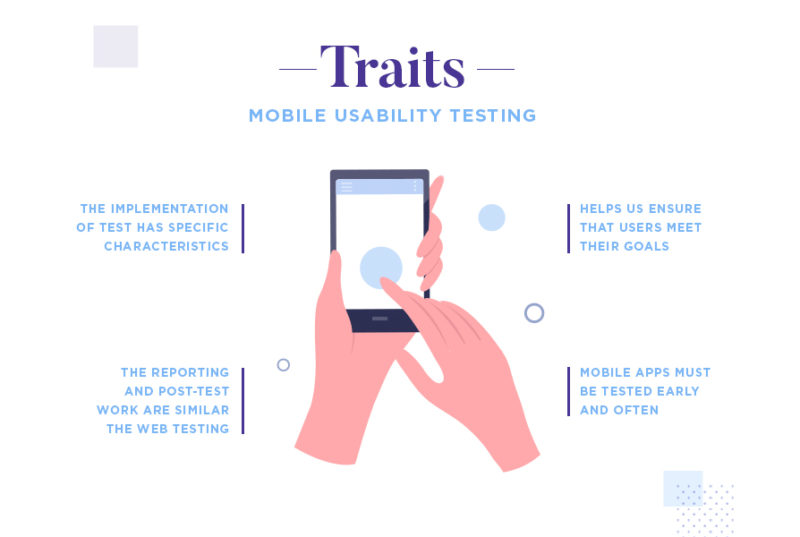
Photo Credit: justinmind.com
Get everything corrected beforehand. Present your app users and customers with a polished, useful, entertaining application that has meaning in their lives.
This is what you will need to succeed if you want to have a commercially successful app.
Step #9: Creating a Business Plan
Having a business plan as well as a business model is important to the research and development of an app.
If you haven’t thought about this step yet, you should be. Mobile app market research involves numbers and money too, of course—including how you will actually profit off of the app.
For example, how are you going to monetize your app?
Will it be based on a subscription or a series of micro transactions?

Are you developing a game—will it have an up-front one time cost?
How will you fund development of the app long term?
What kind of growth are you hoping for? What are your goals, short term and long term?
Make certain you have all of this set down in stone before you get too deep into the development of the application.
Step #10: Staying Within Project Scope
In any kind of startup like this, it’s extremely important to remain within project scope.
Not only is it important in terms of funding, but adding new features and functions can cost precious time that the development of your app may not be able to afford.
Remember, time is money.
You want to try to develop this app within a reasonable amount of time.
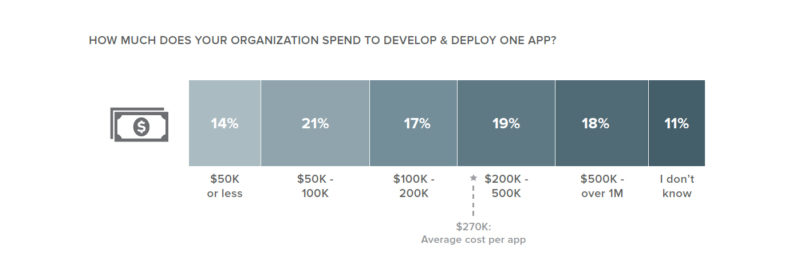
This is part of the reason why research is important—you don’t want to add in unnecessary features or pay for development for a part of an app that no one uses.
Doing the correct research and creating an accurate business plan will go a long way with controlling the project scope of your app.
10.1 Preparing for App Launch
Preparing for an app launch requires a well-thought-out strategy.
Knowing your target audience, understanding what your app offers, and deciding how to promote it are key steps.
Before the official launch, it’s wise to conduct beta testing with a select group of users.
Their feedback can help identify bugs and improve the app’s overall functionality. This pre-launch phase can also generate early reviews and create initial interest around your app.
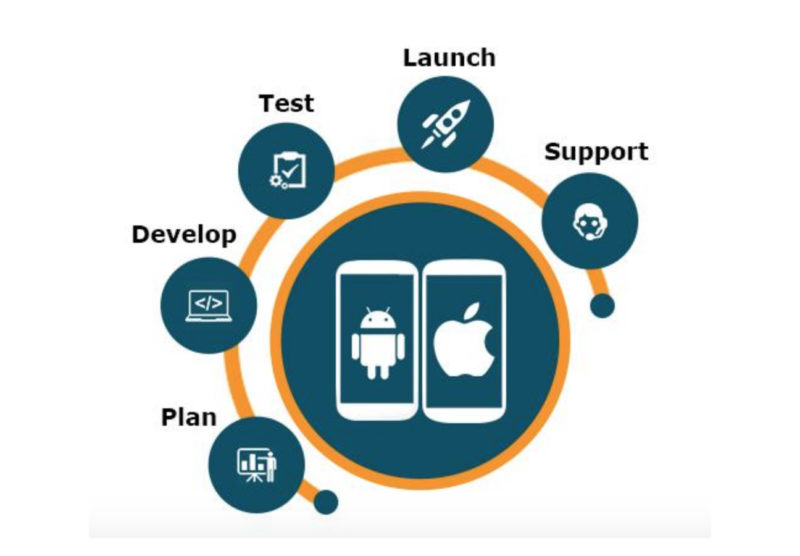
On the day of the launch, ensuring your app is easily discoverable is crucial, and that’s where App Store Optimization (ASO) comes into play.
It helps improve your app’s visibility in the app store by using relevant keywords, an engaging description, and eye-catching icons.
Meanwhile, having promotional materials like blog posts, social media posts, and videos ready for release can help create a buzz around your app.
After the launch, analyzing your app’s performance through various analytics tools can provide insights to improve both the app and your marketing strategies, making sure your app gets the attention and user engagement it deserves.
Final Thoughts
Mobile app research is important and can get expensive, but it pays dividends if done correctly.
The steps you take right now can set up your app for success.
Fortunately, our Simple Starter package includes in depth market research and user analysis that can help your mobile app marketing strategy.
What step can you take today to lay the foundation for your app’s success?

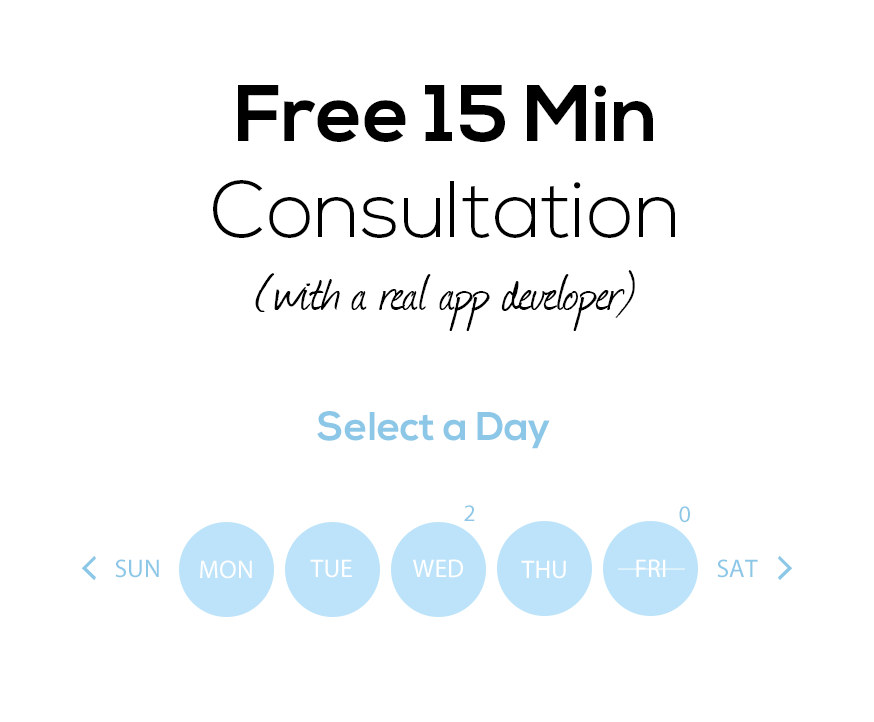


Your inbox wants some love.
Stay informed with Webiotic latest










0 Comments